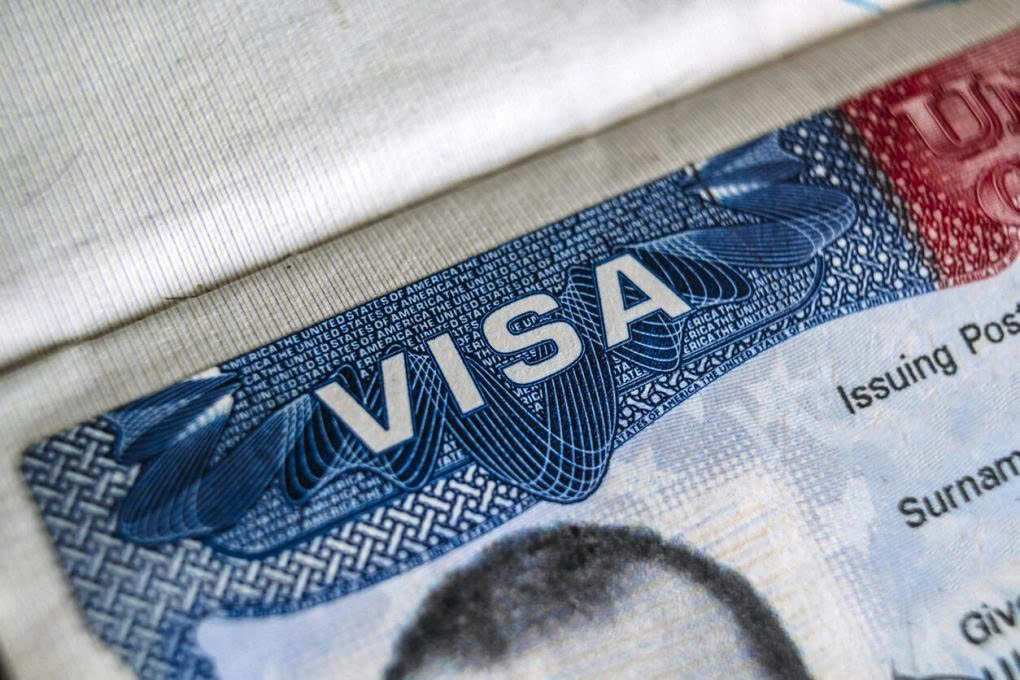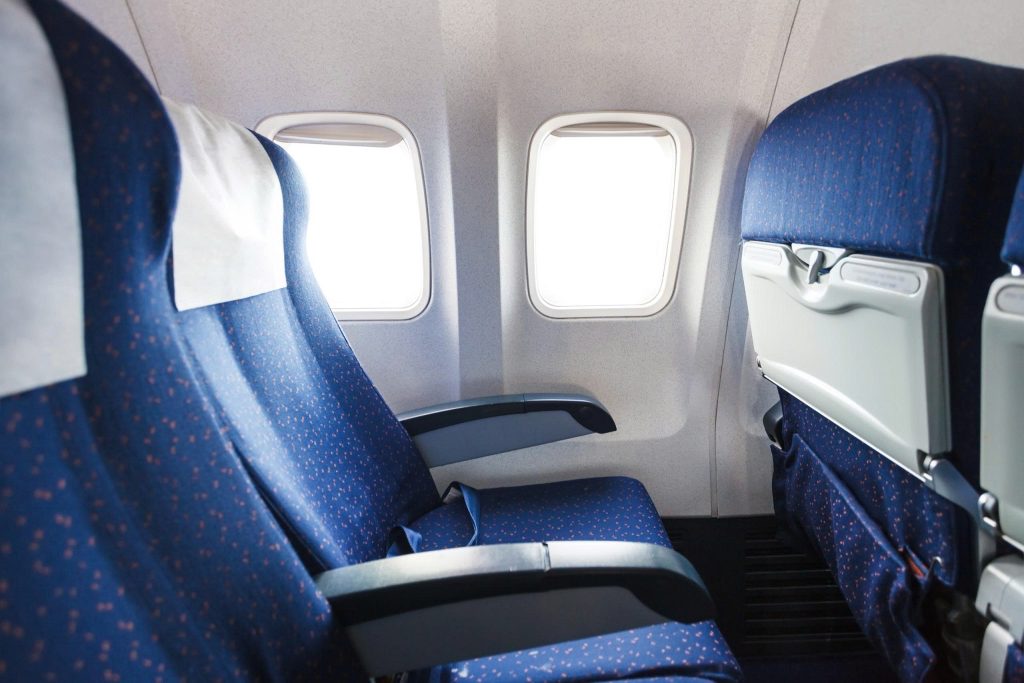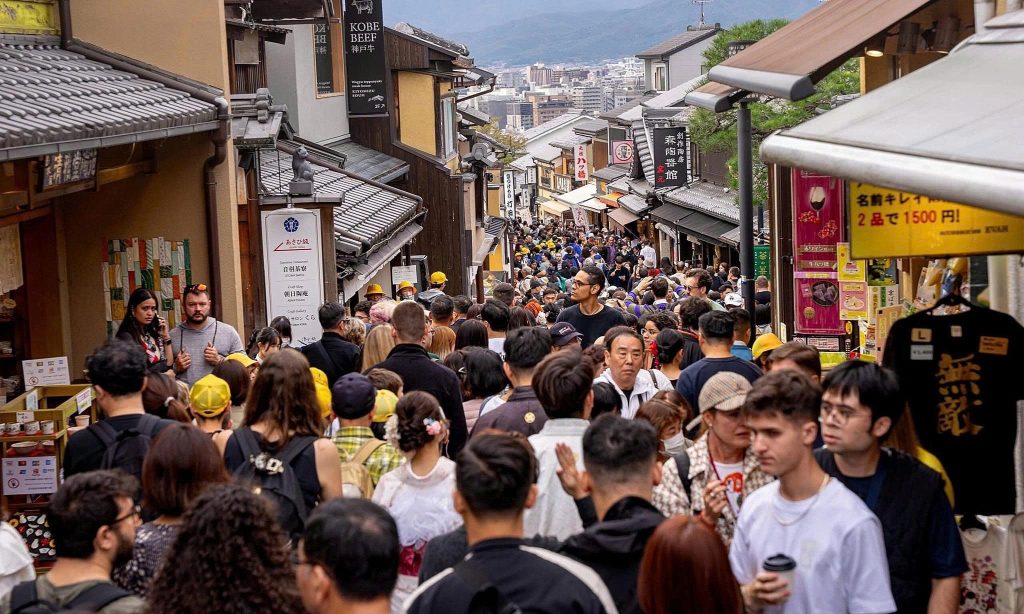An estimated 2,000 people, primarily travelers from African and Latin American countries, may be required to pay a bond of up to $15,000 when applying for a U.S. visa.
The U.S. government will launch a 12-month pilot program allowing some international travelers to post a bond of up to $15,000 to enter the country.
According to an interim final rule published in the Federal Register on August 5, the program targets citizens from countries with high visa overstay rates, insufficient security screening information, or those that grant citizenship through investment without requiring residency.
This is the latest in a series of stricter immigration policies under the Trump administration, following a ban on citizens from 12 countries in June and a $250 visa security fee announced in July.
Applicable Period
The program starts on August 20, 2025, and concludes on August 5, 2026.
Targeted Individuals

The U.S. Department of State estimates that approximately 2,000 people will be required to post a bond during the pilot period, as the number of eligible and financially capable individuals is still unclear.
The program applies to citizens entering the U.S. for tourism or business (B-1 and B-2 visas) from countries that:
- Have a high visa overstay rate
- Do not meet full security screening and verification standards
- Grant citizenship through investment without requiring actual residency
Currently, only two countries—Malawi and Zambia—are on the list. However, the list may change during the pilot period based on the 2023 Department of Homeland Security (DHS) report on visa overstays. According to the report, in 2023, 1,655 Malawian visitors were expected to depart, but 237 were suspected of overstaying, a rate of over 14%. Of nearly 3,500 Zambian visitors, 388 were suspected of overstaying, a rate of nearly 11%.
Some other countries have higher suspected overstay rates, such as Chad (49%), Laos (34%), Haiti (31%), the Republic of Congo (29%), Sudan (26%), and Myanmar (26%). However, the number of overstayers from these countries is typically only a few hundred.
Countries like Mexico (49,000 people), Colombia (41,000), Haiti (27,000), Venezuela (22,000), the Dominican Republic (20,000), and Brazil (21,000) have a larger number of visa overstayers, even if the percentage is not as high.
Bond Amount
There are three bond levels: $5,000, $10,000, and $15,000. Consular officers will determine the specific amount based on the applicant’s individual circumstances, such as their purpose of travel, occupation, income, and education level.
Individuals who post a bond are only permitted to enter and exit the U.S. through three airports: Boston Logan, John F. Kennedy (New York), and Dulles (Washington D.C.).
Why a Pilot Program Instead of Widespread Application?
According to the U.S. Department of State, the program aims to assess the feasibility of processing and refunding the bonds, which is considered a complex process. It also serves as a way to verify whether this measure helps reduce visa condition violations.
The U.S. government also views this as a diplomatic tool to encourage other countries to improve their screening and control procedures for citizens before they travel abroad.
Unlike the previously criticized $250 visa security fee, which lacked detailed information, this bond program has been announced with more specifics regarding its application period, implementation, and refund process.
According to the U.S. Congressional Research Service, only about 1-2% of non-immigrant visitors to the U.S. overstayed their visas between 2016 and 2022. Approximately 42% of the total 11 million individuals residing in the U.S. without legal status are believed to have entered on a valid visa but did not depart after it expired. The Department of Homeland Security estimated in 2019 that more than 320,000 visa overstay cases occurred, a figure which counts those who ultimately departed the U.S.
According to CNBC

















